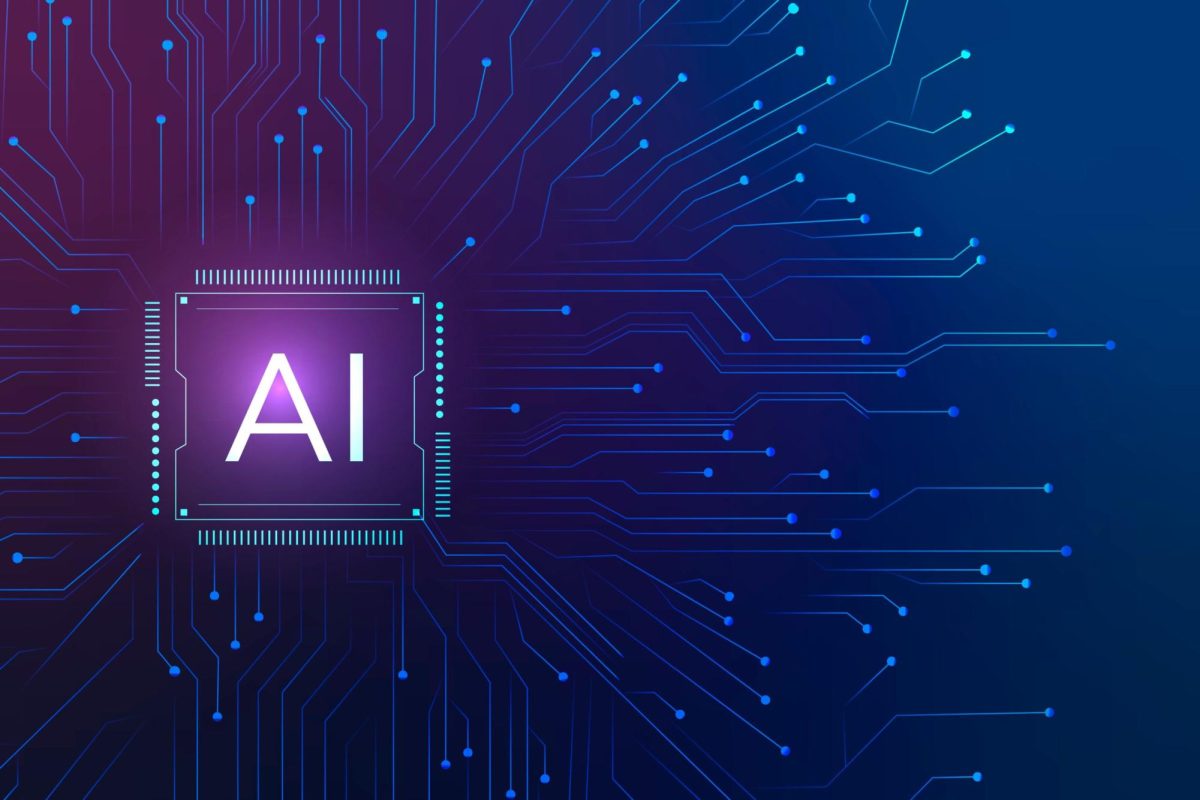In the contemporary era of rapid advancements and technological progress, the integration of artificial intelligence has emerged as a pivotal and indispensable constituent of our daily lives. Its pervasive presence often goes unnoticed, yet it serves to enrich and simplify our experiences in manifold ways.
From the moment we awaken to the time we retire for the night, AI seamlessly powers our smartphones, streamlines our online interactions, and facilitates us in making critical decisions. The present discourse endeavors to illuminate the frequently overlooked impact of AI, uncovering the vast spectrum of ways in which it transforms the mundane into the extraordinary. Venture into the uncharted realm of AI’s influence, where each algorithm plays a vital role in shaping our world.
In this age of information overload, the use of AI-driven recommendations have become more and more prominent. In our daily lives, streaming platforms have become our main source of content with Netflix’s early rise and there now being so many more platforms such as Disney+, Amazon Prime, and Hulu being industry leaders.
Each platform gives us different shows and movies to watch, with various original series coming out, but the one thing that they all have in common is the engine which fuels the flow of content to their users. With the use of AI-driven recommendations, these streaming platforms are able to predict which show we would like to watch next using a wide variety of algorithms. These algorithms take in information about our viewing history, genre preference, and even the time in which we watch shows.
Meanwhile, online retailer are doing the exact same thing with AI, using them to suggest products we may want. What we don’t realize is that these AIs being used by big corporations are constantly influencing which products are in our house or what we are consuming. And you as a user don’t even realize that an algorithm is running your life.
The use of AI in healthcare has revolutionized the way diagnoses are made, treatments are given, and patients are cared for. Radiology departments have greatly benefited from AI as algorithms work together with radiologists to quickly analyze complex medical images such as X-rays, CT scans, and MRIs, thus improving the accuracy of disease detection. Moreover, personalized medicine is now a reality, with AI creating customized treatment plans based on a patient’s genetics and medical history, leading to better outcomes and fewer negative effects.
With the help of AI-powered wearable devices and smartphone apps, healthcare has become more accessible and integrated into our daily lives. These tools continuously monitor important health indicators like vital signs, sleep patterns, and activity levels, providing individuals with proactive management tools to take control of their health. Predictive analytics and machine learning is also used to optimize healthcare by predicting outcomes and identifying effective therapies, reducing the need for trial-and-error approaches.
The use of artificial intelligence (AI) in healthcare is becoming increasingly prevalent. It can help with predicting healthcare needs during epidemics and monitoring patients remotely to prevent complications. However, there are concerns regarding privacy and ethics, especially since AI deals with sensitive health information and may have biases in its algorithms. Despite these concerns, AI is leading the way towards more precise medicine and patient-centered care, and transforming the healthcare industry in ways we may not even fully realize yet.
Shifting gears from healthcare to the world of marketing and advertising, AI has become a major part and tool used in the advertising industry. Whether it be planning campaigns to making the user experience better, AI is doing it all for this industry. AI and the personalizations it offers to many platforms allows for tailored companies to be pushed to customers interested in their services or products. This in turn boosts conversion rates, making the efforts of marketing companies more efficient.
Not just online video ads, but simple emails, are being influenced by AI. The timing in which emails are being sent out and what trends they are following are all set up by AI. Obviously we all know that when we get a promo from a company it is an email sent out many times, but AI is now being used to send it at the right time to specific people. This is all possible because of how quickly AI algorithms are analyzing trends, customer behaviors, and emerging market opportunities.
In marketing and advertising, AI is not merely an assistant to industry workers, but a powerful ally that is constantly at work behind the scenes. We as regular day customers don’t realize, but AI is ensuring that ad campaigns stay relevant and efficiently get out to us on a daily basis.
In our fast-paced lives, AI has become a reliable companion that provides us with greater convenience, efficiency, and personalized experiences. Its influence is evident in various aspects of our lives, from the media we consume to the decisions we make about our health and purchases. However, AI’s subtle nature often makes it go unnoticed. As we become more aware of how AI shapes our daily lives, we must also consider its implications. Although AI offers numerous benefits, it raises concerns about privacy, ethics, and transparency in decision-making. While we enjoy the convenience that AI brings, we must also be mindful of its role and ensure that it remains a positive force in the ever-changing digital world.
Actually, that is not where we will finish off this article. As you may have guessed, the theme of this article is that AI is used a lot in our daily life without us even realizing it. Well if you haven’t suspected so far AI was used in the creation of this article and if you didn’t realize, well then you have just proven my point. And also simultaneously admitted that I am as good a writer as a robot. It will be up to you to decide which paragraphs were AI generated and which ones weren’t, but if you are dying to know the answer, look below.
Paragraphs 3 through 5, and 9 through 11 with slight edits to the AI in every paragraph.












